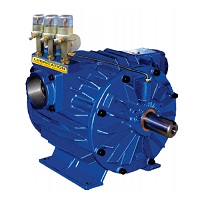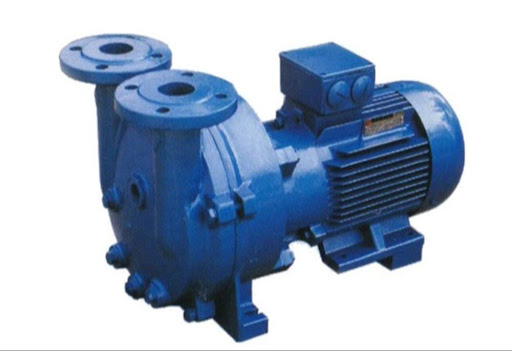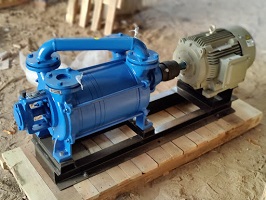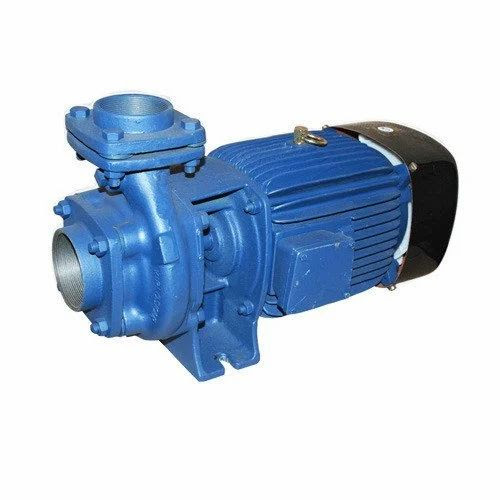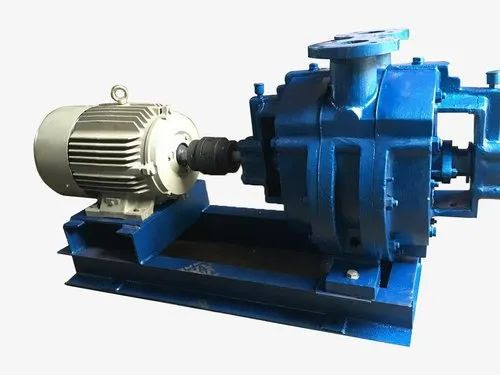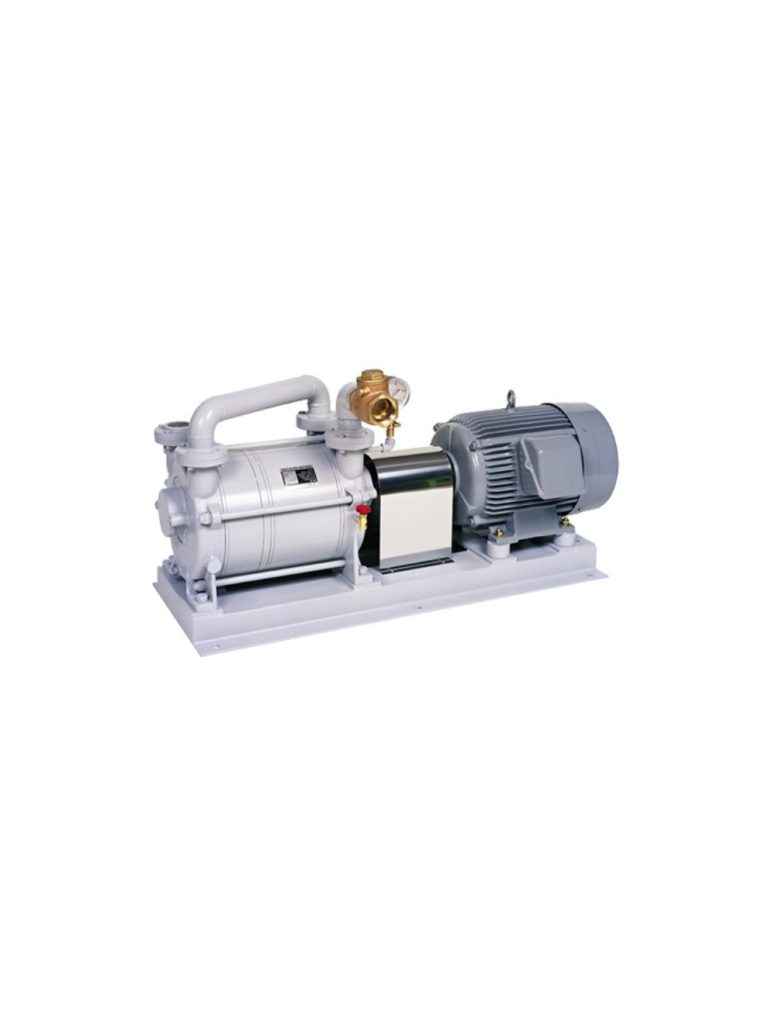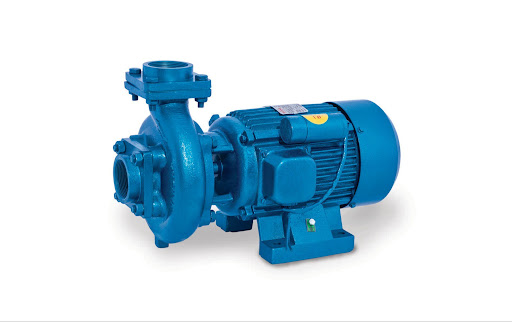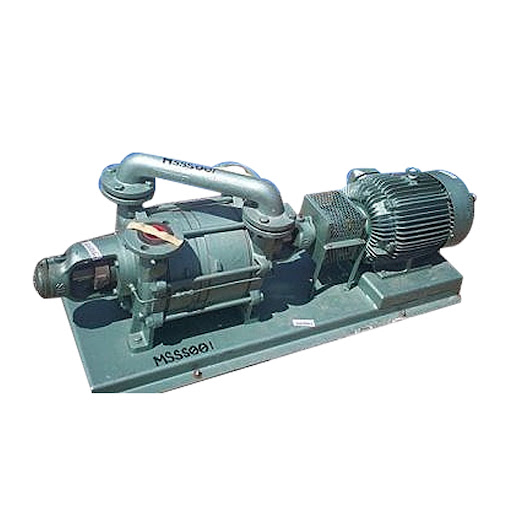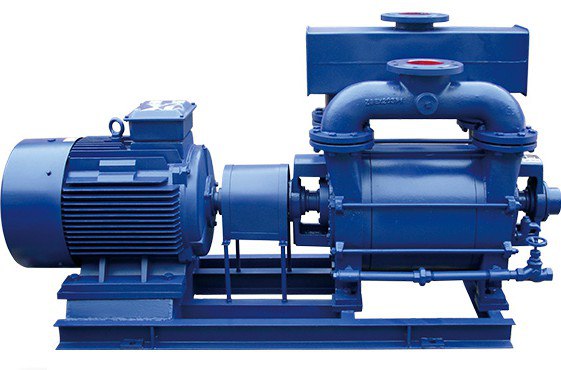What does brake vacuum pump do?
A brake vacuum pump is a crucial component in many vehicles, particularly those with diesel or certain gasoline engines, that provides a vacuum to the brake booster, making it easier for the driver to apply the brakes. Without enough vacuum, braking can be difficult and require more physical effort.
Here’s a more detailed explanation:
Purpose:
- Assists with Braking:The brake vacuum pump creates a vacuum that is used by the brake booster (also called a brake servo).
- Reduces Pedal Effort:The brake booster amplifies the force applied to the brake pedal, reducing the amount of physical effort needed by the driver to stop the vehicle.
- Essential for Certain Engines:Diesel engines, and some gasoline engines (especially those with direct injection), often need vacuum pumps because their intake manifolds don’t naturally produce enough vacuum.
How it Works:
- Creates Vacuum:The vacuum pump draws air out of the brake booster, creating a low-pressure area.
- Boosts Force:When the brake pedal is pressed, this vacuum assists the hydraulic pressure, pushing the brake pads against the rotors with greater force.
Consequences of Failure:
- Hard Braking:A faulty vacuum pump can make it significantly harder to brake, requiring more force on the pedal.
- Check Engine Light:A malfunctioning vacuum pump may also trigger a check engine light, as it can affect other systems that rely on vacuum, like emissions controls and turbochargers.
